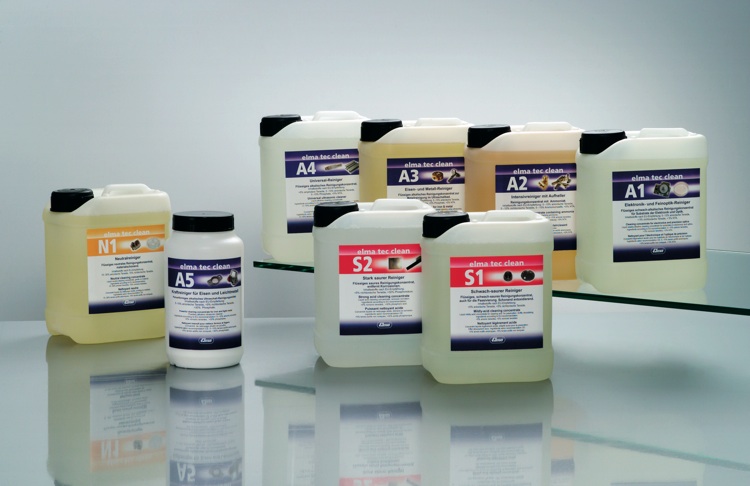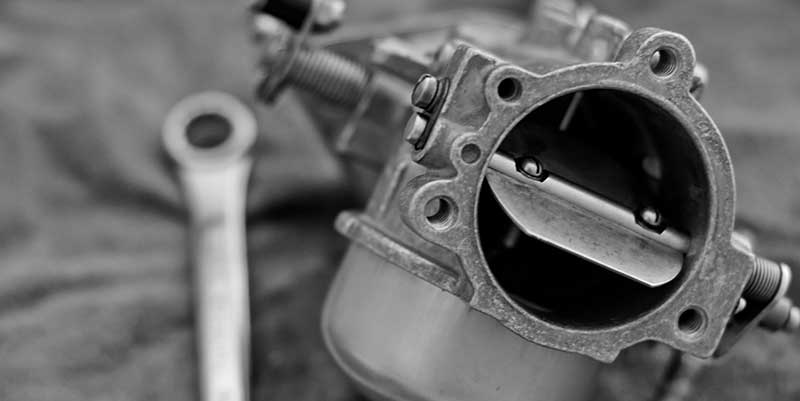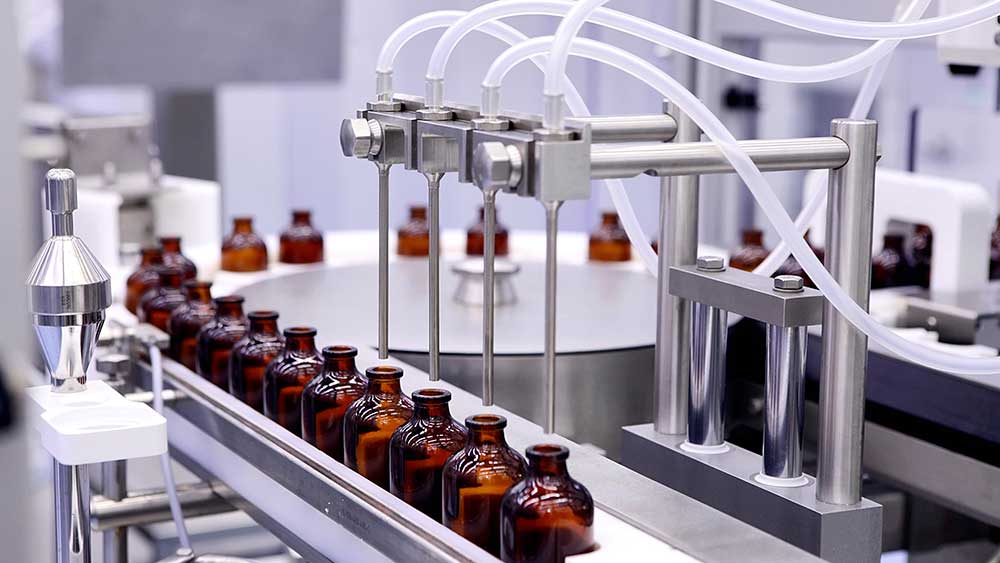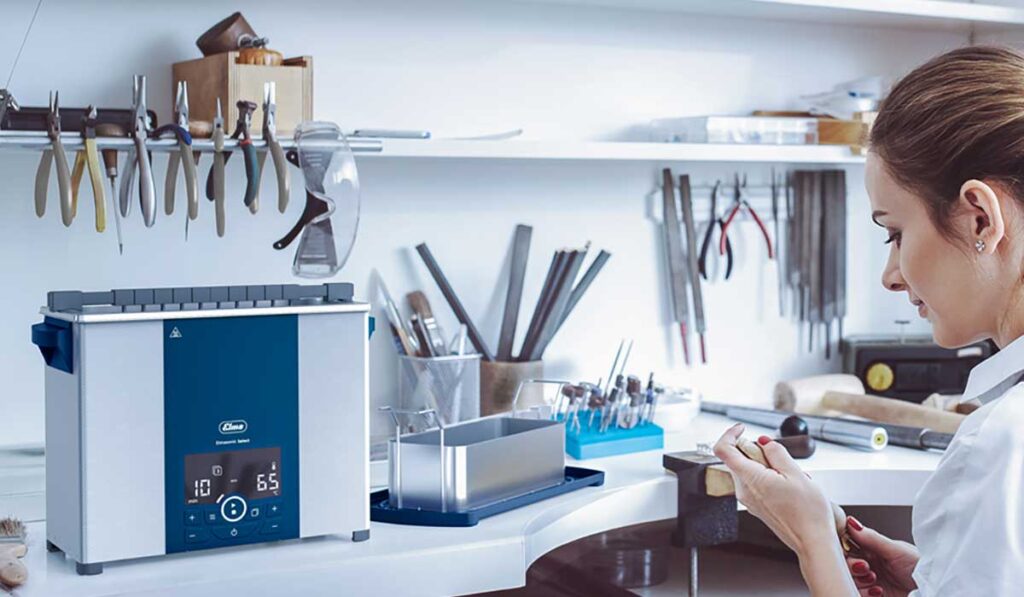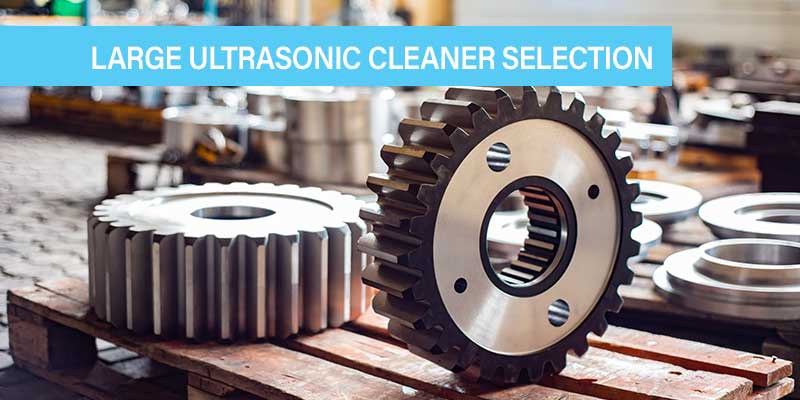Posts by Rachel Kohn
How to Select the Best Ultrasonic Cleaning Solution
Choosing the correct ultrasonic cleaning solution chemistry is arguably the most critical step in the entire ultrasonic cleaning process, directly determining the effectiveness, safety, and efficiency of the operation. That’s because the wrong chemistry can fail to remove contaminants, damage the parts being cleaned, or even pose a hazard to the operator. This post will…
Ultrasonic Carburetor Cleaner Commonly Asked Questions
Ultrasonic Cleaning Vinyl Phonograph Records
According to Business Research Insights, the global vinyl records market was valued at $0.36 billion in 2024, and projected to grow to $1.29 billion in 2033. Increasing popularity of “new” vinyl records is matched by collectors looking for “old vinyl.” Depending on a record’s condition, artist, genre, and other factors, “old vinyl” can have values…
Safe Cleaning Fine Mesh Lab Sieves
Lab sieves, according to Thomas Scientific, are essential tools for particle size analysis in various industries, including pharmaceuticals, chemicals, and construction. These sieves are designed to separate and classify particles by size, ensuring consistency and quality in your products and samples. Lab test sieves that include an NIST traceable calibration certificate , designed to meet…
Selecting an Explosion Proof Ultrasonic Cleaner
Ultrasonic Cleaning System Meets VW’s Fuel Injector Cleaning Specs
Rachel Kohn, Ph.D., Tovatech LLC, Plano, TX Benchtop units teamed with a water-based cleaning formula and a special mounting plate design are adopted by VW Group America, VW Group Canada. Volkswagen Group America and Canada dealers wanted to adopt the Elmasonic S30H ultrasonic cleaning system used in Europe for fuel injector maintenance. Cleaning in the…
Ensure Quality and Consistency with Moisture Analysis for Liquids
How Ultrasonic Cleaning Works for Industry and Labs
Ultrasonic cleaning has become an indispensable tool for industries requiring the highest standards of cleanliness, particularly in the production of machined metal parts for critical applications in pharmaceuticals, laboratories, and manufacturing. The ability to remove contaminants from intricate surfaces with unparalleled precision and efficiency makes ultrasonic cleaning a cornerstone of quality control. This article delves…
Selecting a Large Ultrasonic Cleaner for Large-Scale Cleaning
For businesses requiring the cleaning of large components or high-volume batches, a large ultrasonic cleaner with a capacity exceeding 100 gallons is essential. This guide outlines the critical features to consider when selecting a large ultrasonic cleaner, followed by practical application examples. Key Features for Large Ultrasonic Cleaning Systems Examples of Large Ultrasonic Cleaners Offered…

